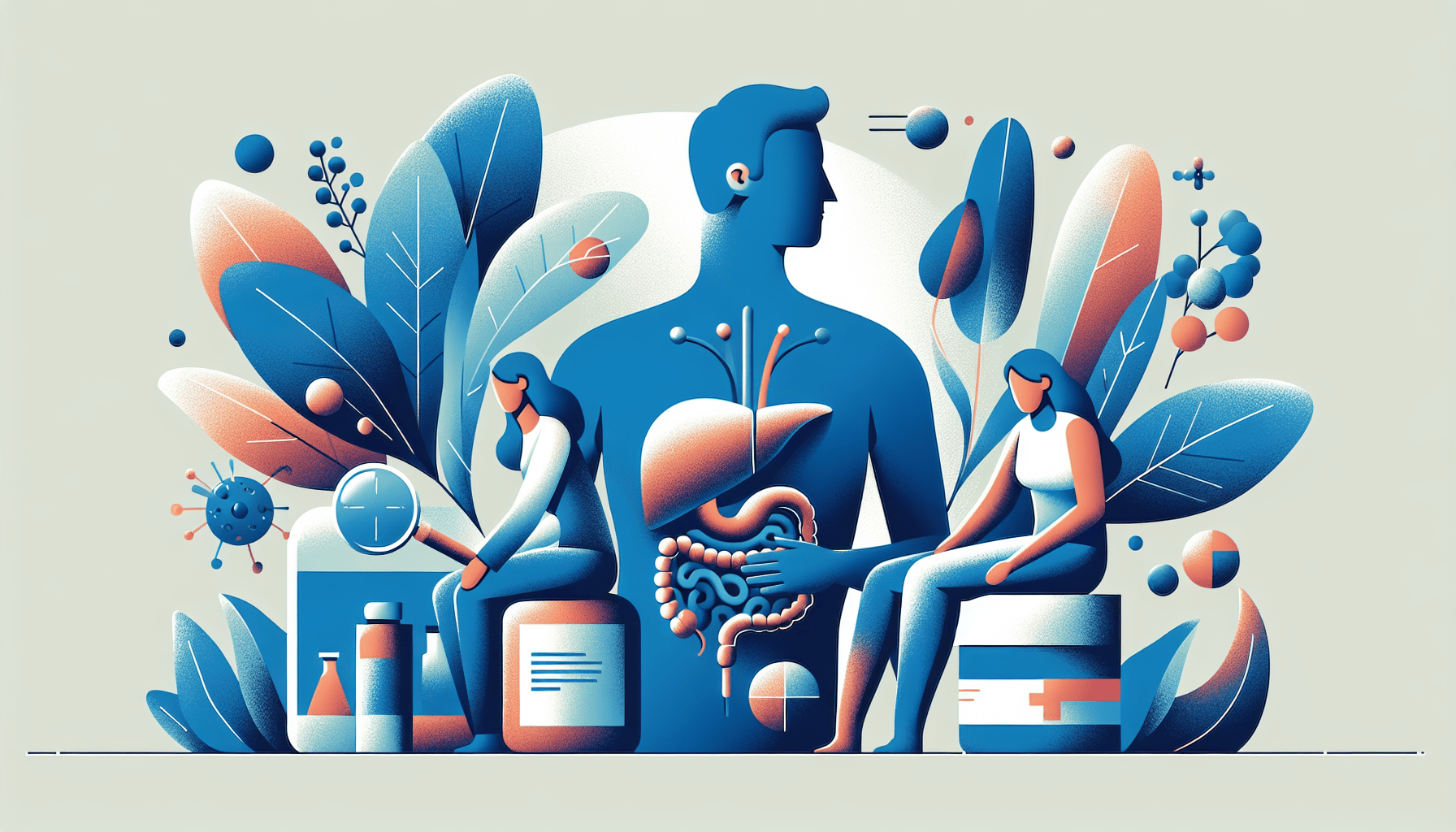Does Mounjaro Affect Fertility?
Understanding Mounjaro and Its UsesMounjaro is a prescription medication commonly prescribed for managing type 2 diabetes. It belongs to a class of drugs that help regulate [...]
Read More
Medically reviewed by Alan Lucks | MD, Alan Lucks MDPC Private Practice - New York on June 23rd, 2023.
Cholecystitis is a condition that causes swelling and irritation of the gallbladder, a small organ located in the right side of your abdomen near your liver. The gallbladder's main function is to store and release bile, a digestive juice that helps break down fats in your small intestine. When the path to your small intestine becomes blocked, bile can get trapped, leading to inflammation and pain.
The most common symptoms of cholecystitis include:
Sudden, sharp pain in the upper right side of your abdomen
Pain in your back or below your right shoulder blade
Nausea and vomiting
Fever
Bloating
Yellowing of the skin or eyes (jaundice)
Loose, light-colored bowel movements
Symptoms may worsen after consuming a high-fat meal. If your pain is severe and you can't find a comfortable position, seek immediate medical attention.
The most common cause of cholecystitis is gallstones, which are solid lumps of bile that can block the path to the small intestine. Other causes include gallbladder sludge, tumors, poor blood supply to the gallbladder, and infections.
Certain factors can increase your risk of developing cholecystitis, such as:
Being a woman over 50 or a man over 60
Being overweight
Having diabetes, Crohn's disease, end-stage kidney disease, heart disease, hyperlipidemia, or sickle cell disease
Rapid weight loss
Consuming a diet high in fat and cholesterol
Having Native American, Hispanic, or Scandinavian ancestry

To diagnose cholecystitis, your doctor will examine you, ask about your symptoms, and likely order some tests. These may include blood tests to check for infection and liver function, as well as imaging tests such as an X-ray, ultrasound, CT scan, HIDA scan, PTC, or ERCP. These tests help your doctor visualize your gallbladder, liver, and bile ducts to determine the cause of your symptoms.
Treatment for cholecystitis may involve a hospital stay, during which you'll receive fluids through an IV, pain medication, and possibly antibiotics. In some cases, medications may be used to dissolve gallstones and prevent their recurrence.
The most common treatment for cholecystitis is surgery to remove the gallbladder, called a cholecystectomy. This procedure is considered low-risk and typically takes about an hour. You can live a healthy life without your gallbladder, as bile will flow directly from your liver to your small intestine.
To lower your risk of developing gallstones and cholecystitis, you can:
Lower your cholesterol levels
Exercise regularly
Eat a diet rich in fruits, vegetables, and healthy fats (such as eggs, soybeans, and peanuts)
Maintain a healthy weight
If planning rapid weight loss, consult with your doctor to monitor your progress and consider bile acid pills to prevent gallstones
By understanding the symptoms, causes, and treatment options for cholecystitis, you can take steps to maintain your digestive health and seek prompt medical attention if necessary. If you experience severe abdominal pain or other concerning symptoms, don't hesitate to consult with your healthcare provider.
For more information on cholecystitis and digestive health, visit:
Most cases require surgical removal within 24-72 hours of symptom onset to prevent serious complications like gallbladder rupture or infection. Early recognition of the classic pain pattern and immediate medical attention lead to excellent outcomes with minimally invasive surgery. If you're experiencing sudden severe abdominal pain especially after meals, Doctronic can help you quickly assess whether emergency care is needed.
Understanding Mounjaro and Its UsesMounjaro is a prescription medication commonly prescribed for managing type 2 diabetes. It belongs to a class of drugs that help regulate [...]
Read MoreUnderstanding Hydrocortisone Uses and DosagesHydrocortisone is a versatile medication primarily used to reduce inflammation and suppress the immune system in various [...]
Read MoreUnderstanding Zepbound and MounjaroWhen managing type 2 diabetes, patients often face a variety of medication options. Zepbound and Mounjaro are two such options gaining [...]
Read More